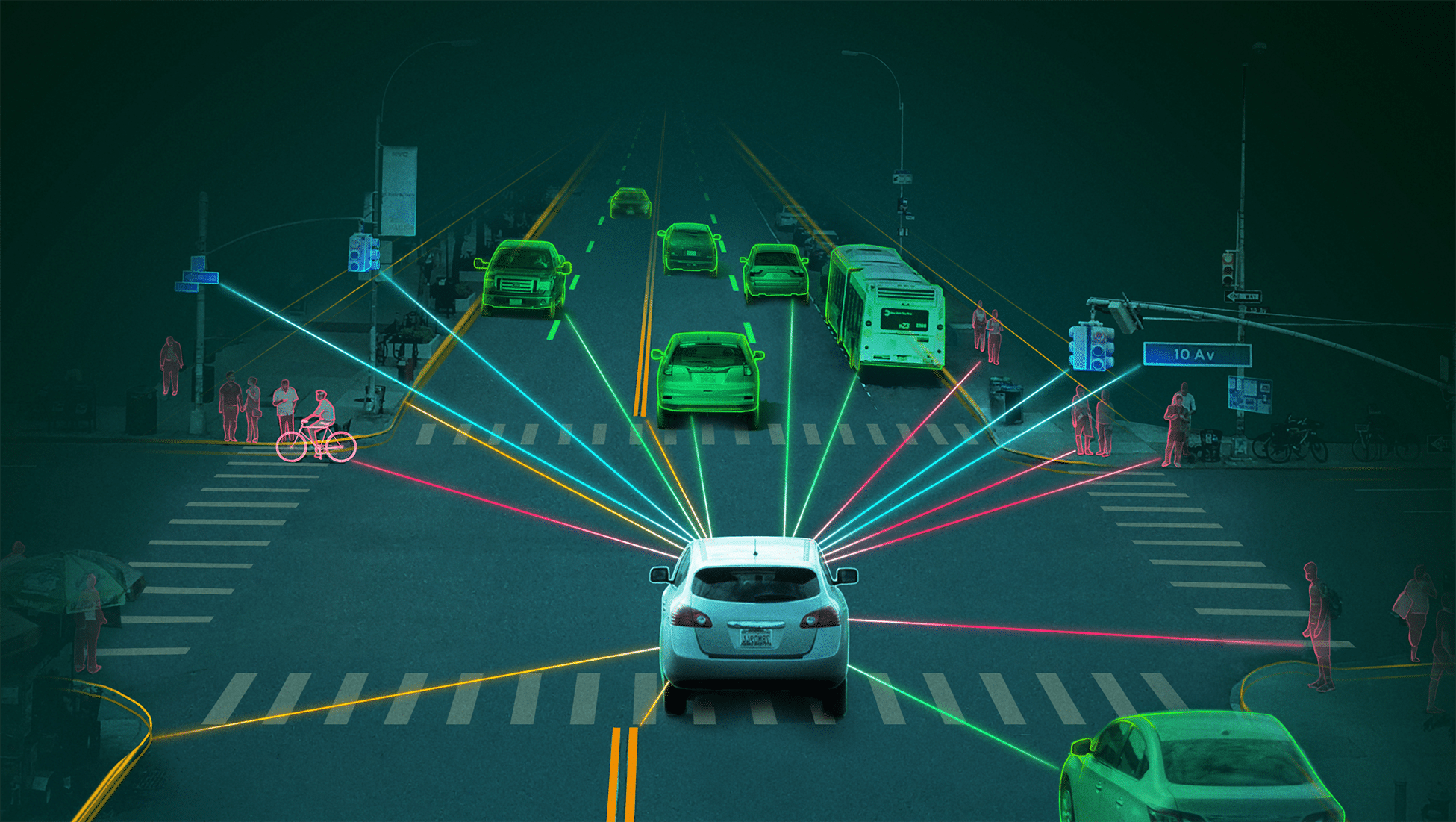Introduction
The automobile industry is undergoing a profound transformation with the advent of autonomous vehicles, and at the heart of this revolution is deep learning. The integration of artificial intelligence, specifically deep learning, sets out to redefine the way we travel. In this blog, we’ll explore how deep is powering autonomous vehicles, the technology behind the scenes, and the impact it’s having on the future of transportation.
Understanding Autonomous Vehicles
Autonomous vehicles, commonly known as self-driving cars, are equipped with sensors, cameras, radar, Lidar (Light Detection and Ranging), and advanced control systems to navigate and make decisions independently. These vehicles have the potential to reduce accidents, decrease traffic congestion, and make transportation more efficient and accessible.
The Role of Deep Learning
Deep learning is the key to making autonomous vehicles a reality. These vehicles rely on artificial neural networks, a subset of d-learning, to process vast amounts of data and make real-time decisions. Here’s how deep learning plays a pivotal role:
- Perception: Deep learning models identify and classify objects in the vehicle’s surroundings.. This involves recognizing pedestrians, other vehicles, road signs, and even complex scenarios like a ball rolling into the street.
- Localization: Autonomous vehicles use d-learning algorithms to precisely determine their location on the road, often down to the centimeter. This is achieved through a combination of GPS, Lidar, and visual recognition systems.
- Mapping: Deep learning is used to create detailed maps of the vehicle’s surroundings. These maps help the vehicle understand the road layout and any obstacles in its path.
- Path Planning: Deep learning assists in selecting the best route for the vehicle. Taking into account real-time traffic data, road conditions, and the destination.
- Control: Deep learning algorithms control the vehicle’s acceleration, steering, and braking, allowing it to navigate safely and efficiently.
Challenges and Safety
Developing autonomous vehicles is not without its challenges. Safety is a top concern, and D-learning systems must rigorously test and refine themselves to ensure they make the right decisions in complex and unpredictable scenarios.. The goal is to reduce accidents and improve road safety.
Benefits of Autonomous Vehicles
- Reduced Accidents: One of the primary goals of autonomous vehicles is to reduce human error, which is a leading cause of accidents.
- Enhanced Mobility: Autonomous vehicles can provide mobility solutions to those who are unable to drive due to age or disability.
- Efficiency: These vehicles have the potential to reduce traffic congestion and improve fuel efficiency through optimized driving.
- Environmental Impact: Electric autonomous vehicles can contribute to a reduction in greenhouse gas emissions.
The Future of Transportation
Deep learning is a driving force in the future of transportation. While we’re not yet at the point of widespread adoption, autonomous vehicles are making significant strides in terms of technology, safety, and public acceptance. As the technology continues to improve, we can expect a future where self-driving cars are a common sight on our roads, transforming the way we travel and shaping the cities of tomorrow.
The combination of deep learning and autonomous vehicles represents a new era in transportation. It’s a testament to human ingenuity and our pursuit of innovative solutions to make our lives safer, more convenient, and more sustainable.
For more updates stay with boardofjobs.com


